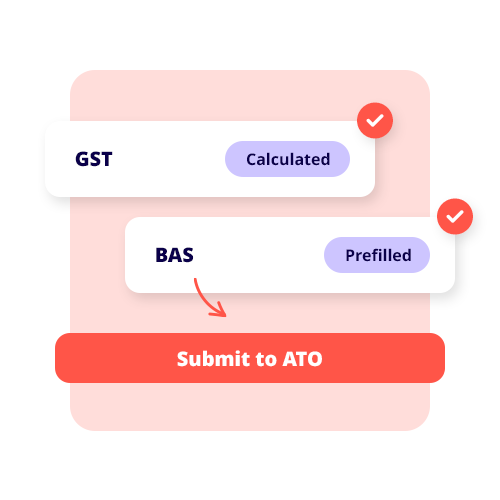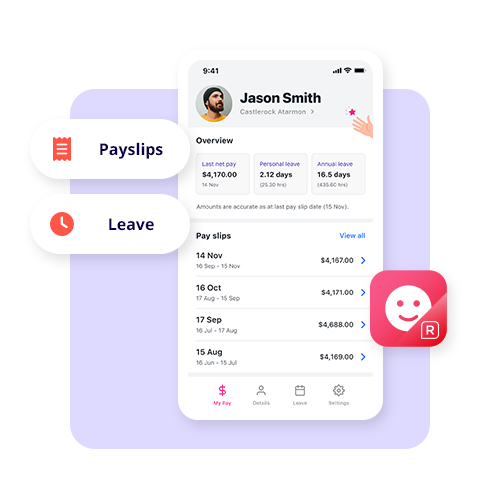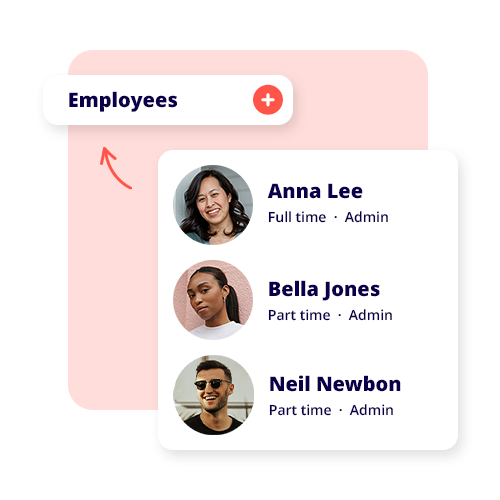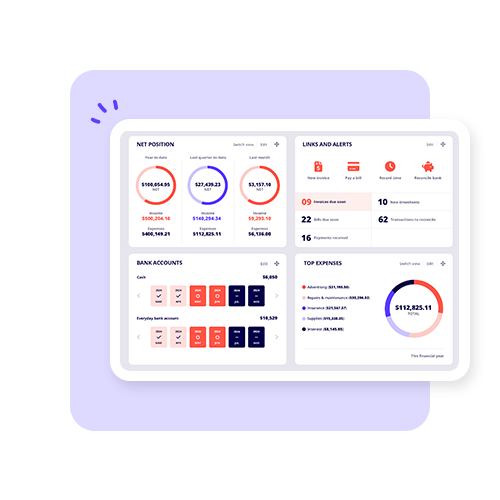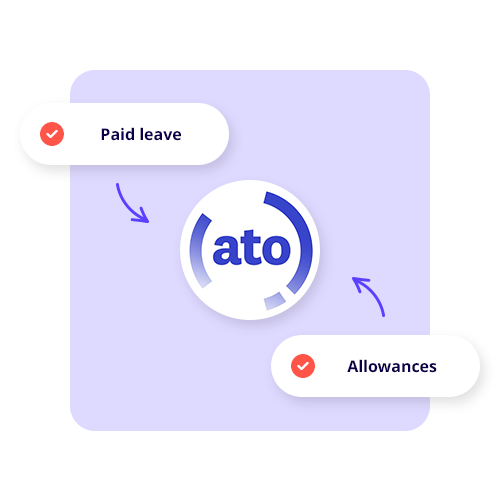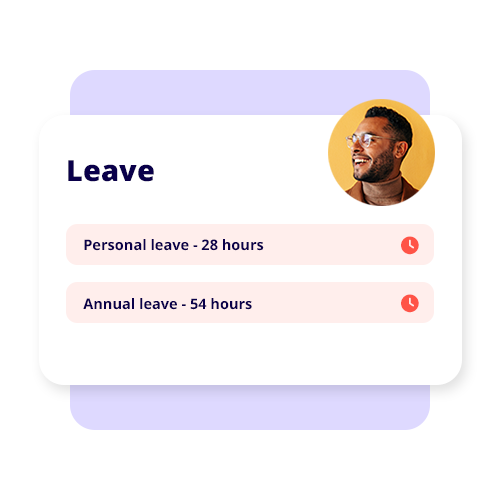Let’s take a look so your small business is ready for the changes.
What is the Right to Disconnect?
The Right to Disconnect is a workplace right that allows eligible employees to decline monitoring, reading, or responding to work-related contact outside of their regular working hours, unless doing so is unreasonable.
Contact is defined as:
- Phone calls and SMS
- Emails
- Messaging app software (Slack, Facebook Messenger, Microsoft Teams, etc.)
- Social media
How does the Right to Disconnect affect my business?
The Right to Disconnect for employers means that communication arrangements must be made with employees regarding what is considered reasonable or unreasonable contact outside of working hours.
Right to Disconnect checklist:
To get an idea of how the Right to Disconnect affects you as an employer, these considerations need to be made:
- Purpose of contact: Is the contact being made work-related, reasonable in the context of the employee’s role, and/or urgent?
- How contact is made: Is the means of contact appropriate, or is it disruptive?
- Employee responsibilities: Is the contact appropriate in the context of the employee’s responsibilities?
- Employee remuneration: Is contact part of the employee’s compensation package?
- Employee circumstances: Is contact intruding on the employee’s personal life/life responsibilities (caretaker)?
Examples of Right to Disconnect
To gain a clear understanding of the Right to Disconnect in action, let’s examine three separate scenarios where it is applied.
Scenario one: Nurse
Jessie, a registered nurse at a public hospital in Brisbane, has finished her shift at 8:00 pm. Later in the evening, Jessie receives a work group text asking for volunteers to cover a shift the next day due to an unexpected absence.
After reading the text, Jessie does not respond as she is off duty and taking care of her children the next day.
Right to Disconnect: Reasonable
Jessie is within her rights to ignore the message unless it was an emergency or an obligation of her employment.
Scenario two: Store employee
Mark is an employee at a bottleshop who works nights. At the end of their shift, they leave the store and head home. An hour outside of their shift, they receive a text from the bottleshop owner stating that the store alarm is sounding because the entrance has been left unlocked.
Mark has turned his phone on silent and is not responding.
Right to Disconnect: Unreasonable
Due to Mark’s employee responsibilities — closing and securing the store is part of their role — this would be considered an unreasonable response and does not give them the Right to Disconnect.
Scenario three: Site Manager
Hugo is a site manager for a small construction company. His working hours are 7:00 am to 4:30 pm. At 6:30 pm, a foreman messages him about a safety issue that occurred after hours. The problem could affect work the next morning and requires attention.
Hugo does not respond after reading the message, as he is caring for his child. Hugo also believes that the issue is not an emergency, and the contact is outside of working hours.
Right to Disconnect: Requires mediation
- The problem is a safety issue, which means that a refusal to respond could be unreasonable.
- Hugo’s role as site manager implies that it comes under his responsibility.
- Hugo is not compensated for after-hours availability; he may argue that his refusal is justified.
- Hugo’s circumstances as a caretaker could also factor into why his lack of response is reasonable.
While the first two scenarios present clear, reasonable, and unreasonable uses of the Right to Disconnect, the third is intentionally presented as a grey area. Hugo’s refusal to respond can be interpreted as reasonable or unreasonable, which is why it would require mediation.
What each scenario highlights is that work expectations and responsibilities in the context of outside-of-hours communication need to be established so that escalation to Fairwork is avoided.
Right to Disconnect Myths
The discussion surrounding the Right to Disconnect has led to several misconceptions that should be addressed:
Employers cannot contact employees after hours
Employers can still contact employees outside of regular working hours. The Right to Disconnect does not prohibit this: it only allows employees the right to decline non-urgent contact without fear of disciplinary action.
Right to Disconnect only applies to the employer-employee relationship
The law also applies to third-party communication. Third parties encompass a range of stakeholders, including clients, customers, suppliers, and even parents who attempt to contact teachers outside of school hours.
The Right to Disconnect is the right to sue
The Right to Disconnect is not a right for employers or employees to pursue litigation against each other. A procedure is in place for employers and employees to follow in the event of any dispute.
Right to Disconnect Disputes
Disputes over the Right to Disconnect between employers and employees should first be dealt with in the workplace. This should involve a frank discussion between the parties regarding work responsibilities and any necessary contractual changes to employment.
If the dispute cannot be resolved in the workplace, either party may refer it to the Fair Work Commission for resolution. The FwC can issue orders in several ways, which include stop orders to either party.
The Right to Disconnect and your business
With the law in place for all businesses, it is wise to take time and speak with your employees so that disputes don’t occur in the future. For guidance on how to approach these discussions, the Fair Work Ombudsman has tips on having these conversations with your employees.



























